-
 bitcoin
bitcoin $122659.385674 USD
0.52% -
 ethereum
ethereum $4484.113342 USD
-0.09% -
 bnb
bnb $1304.229256 USD
-0.85% -
 tether
tether $1.000204 USD
-0.03% -
 xrp
xrp $2.860636 USD
-0.51% -
 solana
solana $227.288799 USD
2.36% -
 usd-coin
usd-coin $0.999805 USD
0.01% -
 dogecoin
dogecoin $0.252837 USD
1.18% -
 tron
tron $0.341149 USD
1.12% -
 cardano
cardano $0.830507 USD
0.33% -
 hyperliquid
hyperliquid $45.792319 USD
0.04% -
 chainlink
chainlink $22.422164 USD
1.55% -
 ethena-usde
ethena-usde $1.000283 USD
0.01% -
 sui
sui $3.511389 USD
0.83% -
 stellar
stellar $0.385276 USD
-0.44%
How does blockchain enable Web3?
Blockchain powers Web3 by enabling decentralization, smart contracts, and user-owned identities, ensuring trust, transparency, and control without intermediaries. (154 characters)
Aug 13, 2025 at 11:35 am

Understanding the Role of Blockchain in Web3 Infrastructure
Blockchain serves as the foundational layer upon which Web3 is built, enabling a decentralized digital ecosystem. Unlike traditional web platforms that rely on centralized servers and corporate control, Web3 leverages blockchain to distribute data and authority across a network of nodes. This shift ensures that no single entity owns or controls the entire system. The immutability of blockchain records means that once data is written, it cannot be altered or deleted, providing a high level of trust and transparency. This feature is critical for applications such as decentralized finance (DeFi), non-fungible tokens (NFTs), and decentralized identity systems.
The decentralized ledger structure allows users to interact directly without intermediaries. For instance, in a blockchain-based social media platform, users retain ownership of their content and data. This contrasts sharply with Web2 platforms, where user data is harvested and monetized by corporations. The use of smart contracts—self-executing agreements coded on the blockchain—further enhances automation and trust, enabling peer-to-peer transactions and services without relying on third parties.
Decentralized Identity and User Sovereignty
One of the transformative aspects of Web3 is the concept of user-owned digital identity, made possible through blockchain. Traditional online systems require users to create accounts with usernames and passwords stored on centralized databases. In contrast, blockchain enables self-sovereign identity, where individuals control their credentials via cryptographic keys. A user’s identity is tied to a public-private key pair, allowing authentication without exposing personal information.
To set up a decentralized identity:
- Generate a cryptographic wallet using tools like MetaMask or WalletConnect.
- Store the private key securely, preferably in a hardware wallet.
- Use the public address as a unique identifier across Web3 applications.
- Sign transactions or logins using the private key without revealing it.
This model prevents identity theft and reduces reliance on centralized authentication providers. Applications can verify user identity through digital signatures, ensuring security while preserving privacy. The decentralized identifier (DID) standard, supported by blockchain, formalizes this process and is gaining adoption across Web3 platforms.
Smart Contracts as the Engine of Web3 Applications
Smart contracts are programmable scripts deployed on blockchain networks such as Ethereum, Solana, or Polkadot. They automatically execute predefined actions when specific conditions are met. These contracts form the backbone of decentralized applications (dApps), eliminating the need for intermediaries in processes like lending, voting, or content monetization.
To deploy a smart contract:
- Write the contract code using Solidity (for Ethereum) or another blockchain-specific language.
- Compile the code using tools like Remix IDE or Hardhat.
- Test the contract on a testnet such as Goerli or Sepolia to ensure functionality.
- Deploy the contract to the mainnet using a wallet connected to the network.
- Interact with the contract via frontend interfaces or command-line tools.
Once deployed, the contract operates autonomously. For example, a decentralized exchange (DEX) uses smart contracts to match buy and sell orders and execute trades directly between users. The transparency of the code allows anyone to audit its logic, increasing trust in the system. Because the contract runs on the blockchain, it cannot be tampered with after deployment.
Tokenization and Incentive Mechanisms
Blockchain enables tokenization, the process of representing assets—both digital and physical—as tokens on a blockchain. These tokens can represent ownership, access rights, or governance power within a Web3 ecosystem. Utility tokens grant access to services, while governance tokens allow holders to vote on protocol upgrades.
Creating a token involves:
- Choosing a blockchain platform (e.g., Ethereum for ERC-20 tokens).
- Writing a token contract using a standard template.
- Defining parameters such as total supply, name, symbol, and decimals.
- Deploying the contract to the network.
- Distributing tokens via airdrops, sales, or rewards.
These tokens power incentive models that align user behavior with network growth. For instance, users who provide liquidity to a DeFi protocol receive liquidity provider (LP) tokens as proof of contribution and earn fees in return. This creates a self-sustaining economy where participants are rewarded for contributing value, a core principle of Web3's tokenomics.
Data Storage and Decentralized Networks
While blockchain handles transaction records and smart contracts, storing large amounts of data directly on-chain is inefficient and costly. Web3 addresses this through decentralized storage networks like IPFS (InterPlanetary File System) and Filecoin, which integrate with blockchain for content addressing.
To store data in a Web3-compatible way:
- Upload files to IPFS, which generates a unique content identifier (CID).
- Record the CID on the blockchain via a smart contract or transaction.
- Retrieve the file by querying the CID from any IPFS node.
- Ensure persistence by pinning the data on multiple nodes or using Filecoin for long-term storage.
This method ensures data is censorship-resistant and globally accessible. Unlike centralized servers that can be taken down, decentralized storage distributes copies across the network. The blockchain acts as a tamper-proof index, linking metadata to the actual content stored off-chain.
Interoperability and Cross-Chain Communication
As Web3 evolves, multiple blockchains coexist, each with unique features. Interoperability allows these chains to communicate, enabling seamless asset and data transfer. Protocols like Polkadot, Cosmos, and LayerZero facilitate cross-chain messaging, ensuring that Web3 remains an interconnected ecosystem rather than fragmented silos.
To bridge assets between chains:
- Use a cross-chain bridge such as Wormhole or Multichain.
- Connect wallets to both source and destination networks.
- Initiate a transfer by locking tokens on the source chain.
- Mint equivalent tokens on the destination chain.
- Monitor the transaction via blockchain explorers.
These bridges rely on oracles and validators to verify cross-chain events. While they introduce complexity, they are essential for a unified Web3 experience where users can access services across different blockchains without friction.
Frequently Asked Questions
Can Web3 exist without blockchain?No. Blockchain provides the decentralized, trustless, and transparent foundation required for Web3. Alternative technologies like traditional databases lack the immutability and distributed consensus that make Web3 secure and user-controlled.
How do users access Web3 applications?Users access Web3 apps through cryptocurrency wallets like MetaMask. These wallets manage private keys and interact with dApps via browser extensions or mobile apps, enabling authentication and transaction signing.
Is all data in Web3 stored on the blockchain?No. Only transaction records and smart contracts are stored on-chain. Large files are stored on decentralized networks like IPFS, with only their content hashes recorded on the blockchain for verification.
What prevents someone from altering a smart contract after deployment?Smart contracts are immutable once deployed. The blockchain’s consensus mechanism ensures that no changes can be made without rewriting the entire chain, which is computationally infeasible.
Disclaimer:info@kdj.com
The information provided is not trading advice. kdj.com does not assume any responsibility for any investments made based on the information provided in this article. Cryptocurrencies are highly volatile and it is highly recommended that you invest with caution after thorough research!
If you believe that the content used on this website infringes your copyright, please contact us immediately (info@kdj.com) and we will delete it promptly.
- BlockDAG, DOGE, HYPE Sponsorship: Crypto Trends Shaping 2025
- 2025-10-01 00:25:13
- Deutsche Börse and Circle: A StableCoin Adoption Powerhouse in Europe
- 2025-10-01 00:25:13
- BlockDAG's Presale Buzz: Is It the Crypto to Watch in October 2025?
- 2025-10-01 00:30:13
- Bitcoin, Crypto, and IQ: When Genius Meets Digital Gold?
- 2025-10-01 00:30:13
- Stablecoins, American Innovation, and Wallet Tokens: The Next Frontier
- 2025-10-01 00:35:12
- NBU, Coins, and Crypto in Ukraine: A New Yorker's Take
- 2025-10-01 00:45:14
Related knowledge

What is a token economy?
Sep 20,2025 at 12:18am
Understanding the Foundations of a Token Economy1. A token economy in the context of cryptocurrency refers to a system where digital tokens are used a...
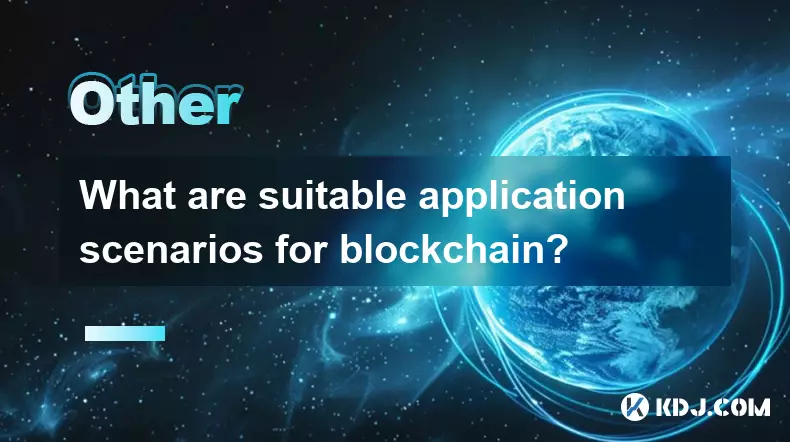
What are suitable application scenarios for blockchain?
Sep 20,2025 at 03:19am
Decentralized Finance (DeFi) Platforms1. Blockchain enables the creation of financial services without centralized intermediaries, allowing users to l...
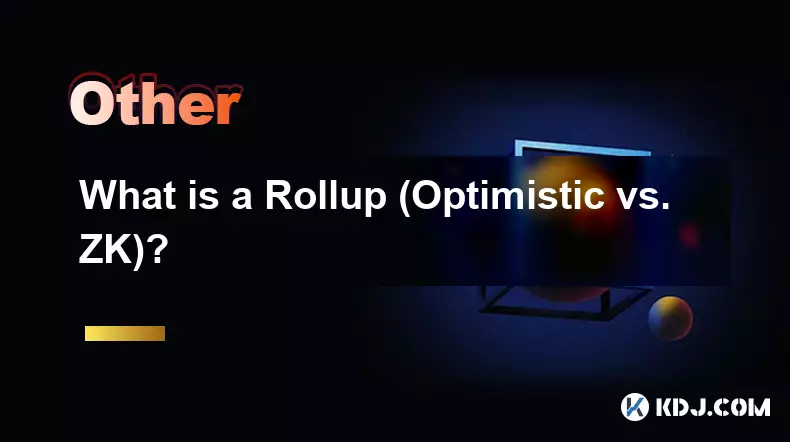
What is a Rollup (Optimistic vs. ZK)?
Sep 22,2025 at 03:00pm
Understanding Rollups in Blockchain Technology1. Rollups are layer-2 scaling solutions designed to increase transaction throughput on blockchains like...
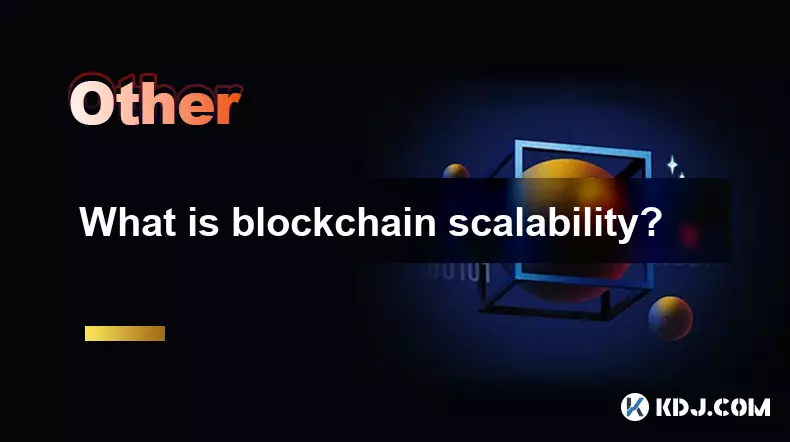
What is blockchain scalability?
Sep 19,2025 at 06:18am
Understanding Blockchain Scalability1. Blockchain scalability refers to a network's ability to handle an increasing number of transactions without com...
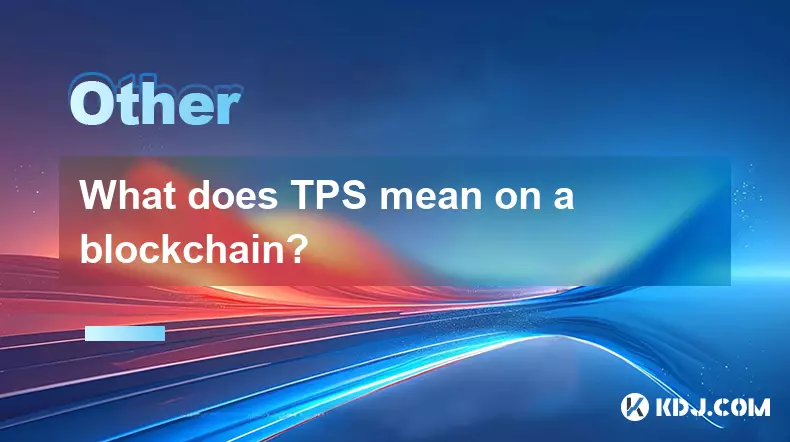
What does TPS mean on a blockchain?
Sep 21,2025 at 09:54am
Understanding TPS in Blockchain Technology1. TPS stands for Transactions Per Second, a metric used to measure the number of transactions a blockchain ...
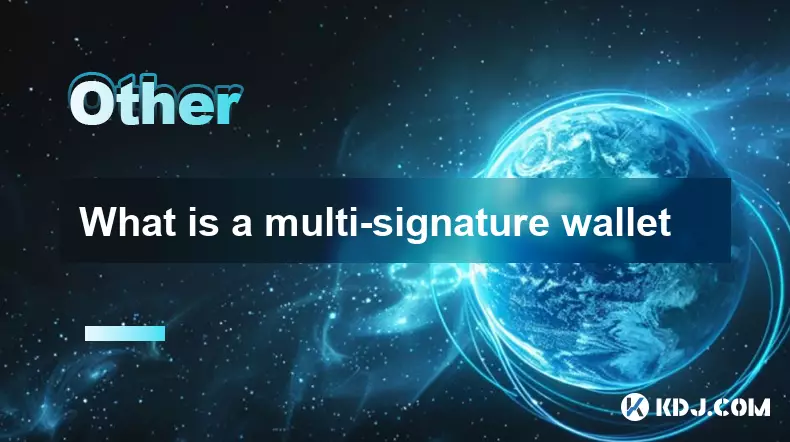
What is a multi-signature wallet
Sep 20,2025 at 07:00am
Understanding Multi-Signature Wallets in Cryptocurrency1. A multi-signature wallet, often referred to as a multisig wallet, is a type of cryptocurrenc...

What is a token economy?
Sep 20,2025 at 12:18am
Understanding the Foundations of a Token Economy1. A token economy in the context of cryptocurrency refers to a system where digital tokens are used a...

What are suitable application scenarios for blockchain?
Sep 20,2025 at 03:19am
Decentralized Finance (DeFi) Platforms1. Blockchain enables the creation of financial services without centralized intermediaries, allowing users to l...

What is a Rollup (Optimistic vs. ZK)?
Sep 22,2025 at 03:00pm
Understanding Rollups in Blockchain Technology1. Rollups are layer-2 scaling solutions designed to increase transaction throughput on blockchains like...

What is blockchain scalability?
Sep 19,2025 at 06:18am
Understanding Blockchain Scalability1. Blockchain scalability refers to a network's ability to handle an increasing number of transactions without com...

What does TPS mean on a blockchain?
Sep 21,2025 at 09:54am
Understanding TPS in Blockchain Technology1. TPS stands for Transactions Per Second, a metric used to measure the number of transactions a blockchain ...

What is a multi-signature wallet
Sep 20,2025 at 07:00am
Understanding Multi-Signature Wallets in Cryptocurrency1. A multi-signature wallet, often referred to as a multisig wallet, is a type of cryptocurrenc...
See all articles










































































